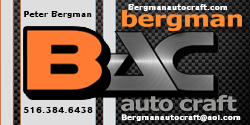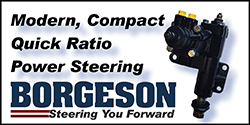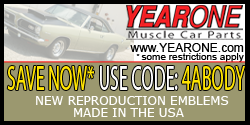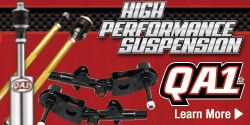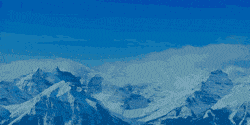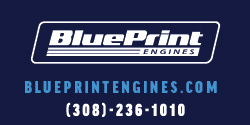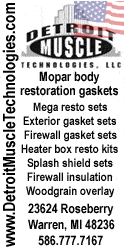my5thmopar
Life Long MOPAR Owner
72 Dart 318/904/7.25 I'm working on a vibration issue. How do you know which way the drive shaft connects to rear flange (yoke)? Is this based upon the drive shaft weights or what? Do I flip it over to see if any vibration? The drive shaft was removed several times. Pinion angle is on my list.
The rear flange on my car doesn't have any outside retainers or centering tabs on the flange edge. The FSM shows a retainer but, there aren't any grooves for the clips to fit into. I cant tell from the pictures if there is suppose to be a tab. (My Dakotas do). What seems to be wrong with my setup?
Thanks Craig
The rear flange on my car doesn't have any outside retainers or centering tabs on the flange edge. The FSM shows a retainer but, there aren't any grooves for the clips to fit into. I cant tell from the pictures if there is suppose to be a tab. (My Dakotas do). What seems to be wrong with my setup?
Thanks Craig



